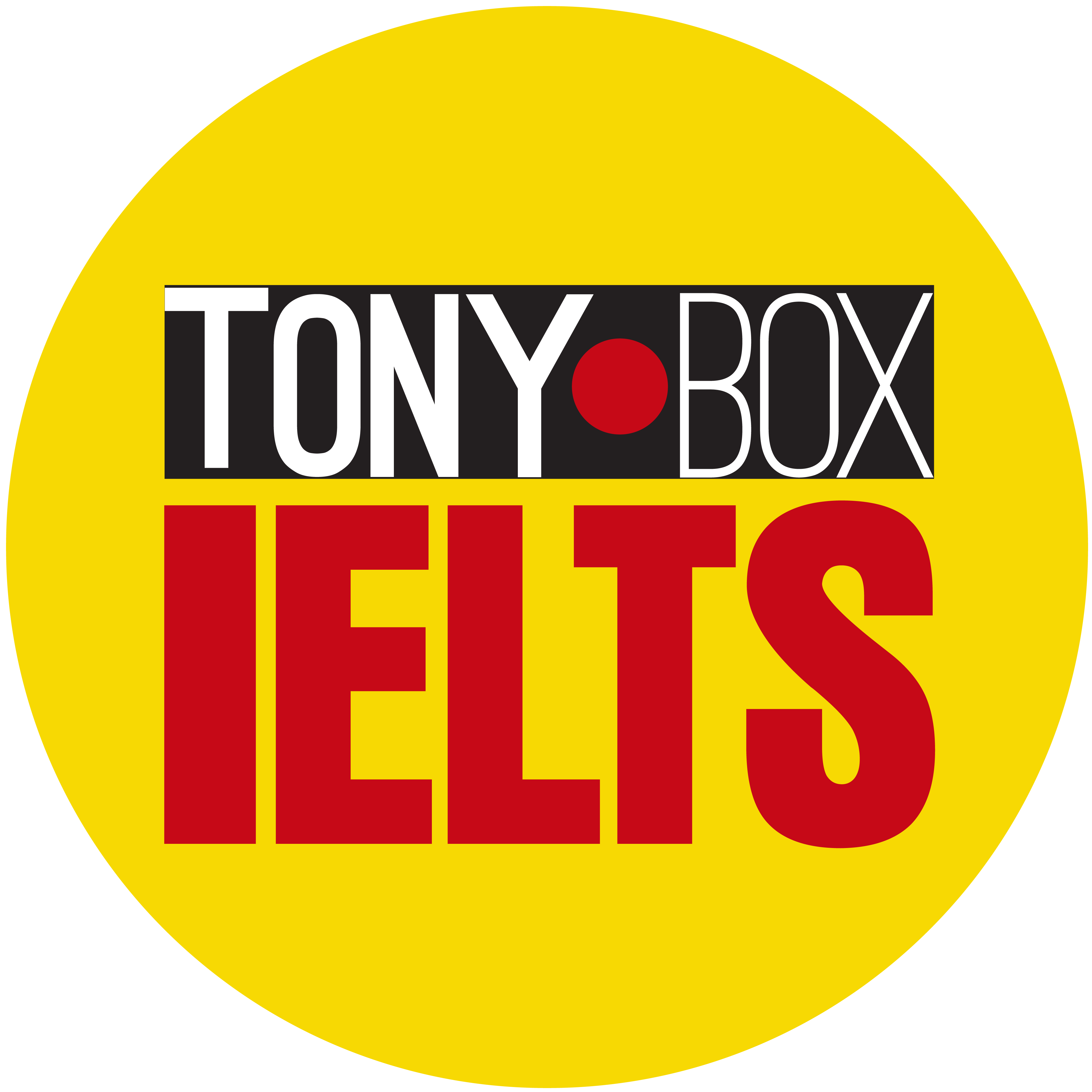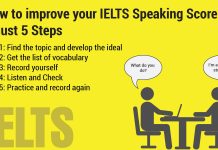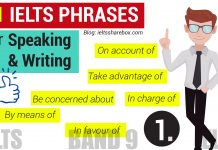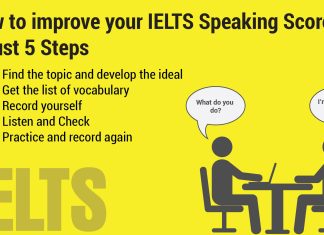IELTS Reading Tips: How can I improve My IELTS Score – Part 3
Before reading part 3, you should take a look at part 1,2:
Part 1:
IELTS Reading Tips: How can I improve My IELTS Score – Part 1
Part 2:
IELTS Reading Tips: How can I improve My IELTS Score – Part 2
This lesson will give you other tips for other types of questions in reading IELTS
- To Multiple choice questions
- Table/Diagram/Note/ Summary completion questions
Matching types questions
To matching types questions, I will go to the detail of each kind of matching questions.
At first, for Matching Name, you should follow these steps below:
- Scan the whole passage and underline the name
- Underline key words in all of the questions
- Start with the name of the smallest information (which means that name appears at least than other names)
- When you find a match, put a cross next to the statement to avoid misunderstanding and easy to see.
Here is an example for you: ( Cambridge 1- test 2)
Matching the name with the information given below:








First, scan three names in the passage, you can see “ Brinkman” appears more than twice, then we will do it after finding Geschwind and Galaburda and Moore. After underlying all the names, find keywords in questions matching with words in the passage like I have done above. Then the correct answer will be:
| 1- B | 2-D | 3-C | 4-B |
Second, to matching headings questions, they are often considered to be the most difficult so you should do these questions after you finish all other questions. Because when you do other questions, you will have an overview of each paragraph, so it is easier for you to match headings now. Here are some steps for this type:
- Read the headings first and underline keywords ( to understand the gist of headings
- Read and find the topic sentence in the passage( it can lie in the first, the middle or the last part of each paragraph. With paragraph starting with But/however, the topic sentence often lies after that word)
- Find synonyms words in the passage connected to words in the heading and choose correct answer)
Here is the example: Cambridge 9, test 4






From the above example, we can make the keyword table like that:
| Passage –Heading | Answer |
| Part B:
Recently -> Current Mixed view-> attitudes toward history and the way it presented Change-> Alter
|
Para B: II |
| Part C
Sharp distinction-> differences Museum and heritage sites and theme parks-> public attractions Evaporating-> fewer |
Para C: VI |
Hence, don’t forget to follow these steps and make the keyword table when you practice reading for IELTS. Choose one real test and do like I instruct. You will see a better result.








